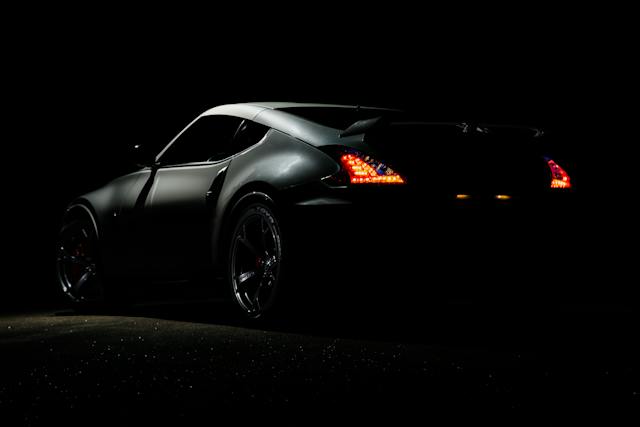Undercoating, also called rustproofing, is the application of a specially designed coating on the underside of your vehicle. This barrier provides protection from rust and corrosion caused by water, chemicals, dirt, debris and salt on the roads. Without it, you face problems like part failure and disintegration.
But before you have your vehicle undercoated or rustproofed, consider some important things. We outline these points below.
Best Time to Undercoat Your Vehicle
You can weatherproof, rustproof or undercoat your vehicle at any stage of its life. Of course, doing so early in ownership provides more protection and benefits for extended wear and tear. This consideration means the best time to rustproof your vehicle is when you buy it off of the showroom floor. A brand new vehicle yet to be driven is in pristine condition from top to bottom. Take advantage of this condition by adding the extra protection at the dealership.
Used vehicles require a little more TLC before undercoating. For some, the application of this layer of protection may serve little purpose. You may possibly only cover up dirt and grime. But talk to the dealership or have the vehicle checked either before you make the final deal to buy it or right after you take ownership. Ask about rustproofing to learn whether an undercoat will lengthen the life of the vehicle.
The good news is that rustproofing professionals can help you understand the advantages of an undercoat. They provide the coating for vehicles of all makes, models and years. If you want to prolong the undercarriage, parts and driveability of your vehicle, this extra layer of protection certainly has its benefits. Even on vehicles that have experienced long term exposure to the elements, rustproofing can help going forward.
Types of Rustproofing
When considering rustproofing for your automobile, you have options. You can choose the latest technology. Or, you can go for a traditional application that has worked for drivers for many years. Talking to your rustproofing professional is the best way to know what type of material or method will work best for your needs. But below are some insights into your choices.
The electronic method of rust protection uses a weak electric current to prevent rust from corroding your vehicle’s undercarriage parts. The dealership can install these devices, or you can talk to a rustproofing specialist for more information and support. The reviews for these devices vary from positive to negative.
Traditional undercoating provides bumper-to-bumper protection on the underside of your vehicle. For this application, the rustproofing expert sprays the tar-based coating onto your car, truck or SUVs exposed parts. The liquid coating hardens to a shell that keeps moisture, chemicals, salt and general debris from affecting your vehicle’s surfaces. The key to a successful application is having the work done by a professional. Otherwise, you face potential cracks that let in moisture.
Dripless oil spray is a waxy barrier applied to your vehicle’s undercarriage. Like the traditional rustproofing method, this spray hardens as it dries. But unlike with conventional coating, your vehicle must have holes drilled into its body before application. This is key to the spray working as it should. The spray also does not coat as well as a traditional rustproofing. Its high viscosity makes it difficult to get the liquid into all nooks and crannies.
Drip oil spray is widely used for coating the underside of cars, trucks and SUVs. Until they dry, these sprays keep dripping. The dripping lasts for up to 48 hours. Because they are more watery, these sprays reach more areas of the vehicle’s undercarriage. But you still need holes drilled in your vehicle doors, fenders and other parts for the application to reach all areas.
Why bother applying an undercoat to your vehicle?
The bottom line of any undercoat or rustproofing is that it saves you money. This protective barrier helps your vehicle and its parts last longer, despite exposure to the elements. You enjoy the benefit of fewer rusted parts, part replacements and breakdowns, as a result. Driving your vehicle longer also means you can wait longer to buy your next vehicle.

